Our universe holds a fascinating array of celestial bodies, and planets are among the most intriguing. The way in which a planet rotates upon its axis can significantly impact its day length, fostering a diversity of temporal experiences across the solar system. This exploration delves into the concepts of planetary rotation and its effects on day length, starting with our home planet, Earth, before venturing to Mars and the colossal gas giants, Jupiter and Saturn. The examination culminates in analyzing the intriguing role of axial tilt, a factor with profound effects on day length and seasonal variation, particularly noticeable on planets with extreme tilts like Uranus.
Understanding Planetary Rotation
Planetary rotation, a fascinating topic deeply intertwined with our day-to-day lives, is nothing short of crucial to our existence as we know it. It refers to the spinning motion of a planet around its own axis. Imagine a child spinning a top; the spinning top essentially exemplifies the concept of planetary rotation.
The time it takes for a planet to complete one full rotation is defined as its day length. On Earth, it takes approximately 24 hours for this single rotation to be completed, therefore creating the familiar 24-hour day cycle. Interestingly, at the Equator, Earth’s rotational speed is about 1,000 miles per hour!
Inexorably linked to planetary rotation is the concept of day and night. As a planet rotates, different parts of its surface are simultaneously in light and darkness. The portion of the planet in sunlight experiences ‘day’, whereas the side shrouded in darkness experiences ‘night’. This interesting phenomenon is driven purely by the concept of rotation, and is a core part of life on Earth as we know it.
Naturally, day length is not known to be uniform across the Solar System’s assortment of planets due to varying rotation durations. For instance, Venus, our celestial neighbor, boasts a staggering rotation period of approximately 243 Earth days, the longest in our Solar System. This means that oddly enough, a single ‘day’ on Venus lasts longer than its entire ‘year’!
Meanwhile, on the gas giant Jupiter, the situation is rather contrasting. It completes a full rotation at an impressive pace, approximately every 9.9 Earth hours, resulting in the shortest day length in the Solar System. The variance in day lengths throughout the Solar System demonstrates the broad spectrum of planetary rotation speeds, a captivating area of ongoing astronomical research.
Apart from impacting day length, planetary rotation also influences atmospheric dynamics and weather patterns. The Coriolis effect, stemming from rotation, impacts the path and direction of winds, contributing to weather phenomena like cyclones.
In essence, planetary rotation plays a monumental role in the dynamics of our planet and others across the cosmos. From dictating day length to influencing weather patterns, its influence is felt in multiple facets of existence, marking its significance in the field of planetary science and the broader discipline of Astronomy. Understanding these implications of planetary rotation is indeed vital for broadening our horizons about the vast expanse of the universe we are a part of.
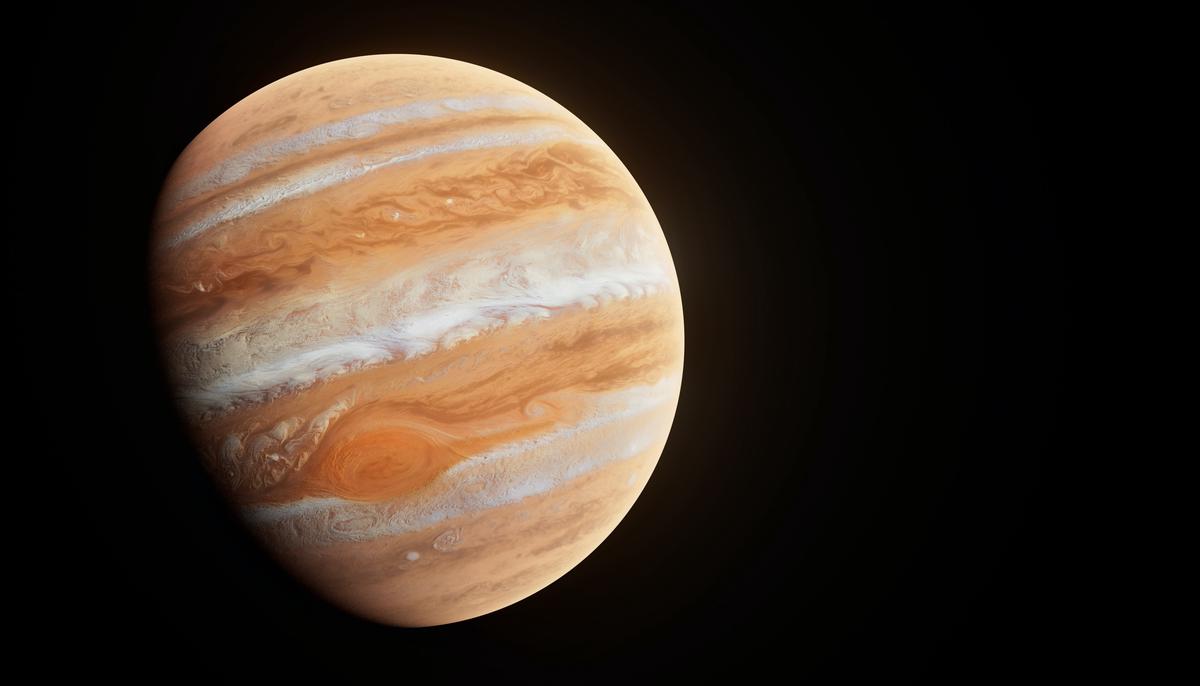
Photo by planetvolumes on Unsplash
Earth’s Rotation and Day Length
Unveiling the Mystery: Earth’s Day Length and Rotational Behavior
Understanding our planet’s daily rhythm is rooted in the science of its rotation. Each rotation in respect to the sun crafts a single day, taking on average 24 hours to complete. Yet, it is essential to highlight that the true nature of how Earth spins on its axis can be a complex reality to fathom.
For instance, considering the Earth as a perfect sphere for ease of understanding is a commonplace practice. However, Earth is not an exact sphere. This oblate shape—bulging at the equator, flattened at the poles—can influence our planet’s rotation, including the length of our days.
Earth’s rotation, like that of any celestial body, is primarily due to the manner of its creation. During the early ages of the solar system, colossal clouds of gas and dust collapsed under their own gravity. As these celestial bodies took shape, their concurrent motion initiated an inherent rotation.
However, this rotation has not always been consistent over Earth’s lifespan, due to the concept of angular momentum—in essence, an object’s tendency to continue spinning. Once set in motion, the celestial object spins continuously unless acted upon by external torques. In our planet’s instance, these torques predominantly come from gravitational interactions, particularly with the moon and the sun.
Diving deeper into this astronomical relationship, the effect of tidal friction resulting from the gravitational interactions between the Earth and moon has been slowly decelerating Earth’s rotation. This gradual slowing, or lengthening of Earth’s day, is by about 2 milliseconds per century.
Furthering this concept, it’s also noteworthy that Earth’s rotation isn’t perfectly smooth, causing what scientists term ‘length of day variations.’ This means that the actual day length can be a few milliseconds more or less than 24 hours.
Factors such as the movement of tectonic plates, changes in atmospheric pressure, ocean currents, and even the accumulation of snow at the poles can cause this subtle yet fascinating fluctuation.
An intriguing aspect of Earth’s day length determination relates to astronomical observations. Historically, a solar day—defined as the time interval from one solar noon to the next—was the standard. However, astronomers found it more efficient to use a ‘sidereal day’—the time it takes for Earth to complete one rotation relative to distant stars, which is approximately 4 minutes less than the solar day.
In conclusion, Earth’s day length—as determined by its rotation—is a symphony of intricate processes working harmoniously together. Gravitational relationships, Earth’s oblate shape, angular momentum, and even tiny variations in our planet’s spin all play their distinct parts. By demystifying these aspects, we are not just unraveling how our planet works but emphasizing our place in this celestial spectacle known as the Universe.
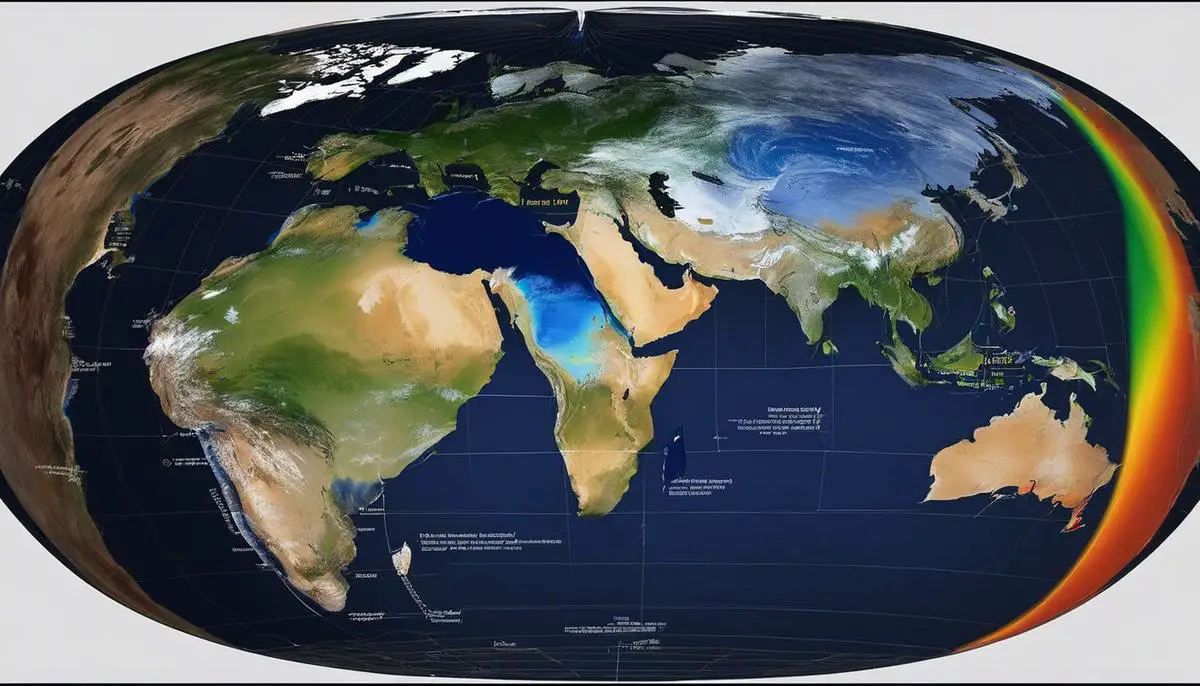
Day Length on Mars
Moving onto Mars, the Red Planet, like Earth, rotates on its axis creating a day-night cycle. However, this Martian solar day, also known as a “Sol,” differs from an Earth day in its duration. The Martian day extends beyond ours by approximately 39 minutes and 35 seconds. This extra time inflates the Martian solar day to 24 hours, 39 minutes and 35 seconds to be exact, as measured in Earth time.
In expanding upon this topic, let’s understand the term ‘solar day’ in depth. A solar day is defined as the time it takes for a planet to rotate once in relation to its star (the Sun, in the case of Earth and Mars). This creates the illusion of the Sun rising and setting to any observer on the planet’s surface, a phenomenon that is universally experienced within our Solar System.
The rosy planet orbits the Sun in an elliptical path, like Earth, which influences the duration of daylight on Mars. This elliptical orbit means that the length of a Martian day can change slightly throughout the Mars year. In mid-southern summer, Mars can experience daylight for about 13 hours, whereas during mid-northern summer, the daylight extends to as long as 24.5 hours.
This extended solar day on Mars, although seemingly slight, has intriguing implications. This difference contributes to an important disparity in how time is kept on Mars versus Earth. For example, Mars rovers, like the successful Curiosity, operate on a Mars clock that can create intriguing challenges for the Earth-bound teams managing these exploratory missions.
Understanding the implications of a Martian day also throws light on potential challenges for future manned missions to Mars. The disparity between Martian and Earth days could have consequential effects on the human circadian rhythm, a natural, internal process that regulates the sleep-wake cycle and repeats approximately every 24 hours. The off-sync Martian sol could potentially disrupt sleep patterns of astronauts, thus affecting their performance.
In the vast expanses of our knowledge, the minute detail of a small time difference might seem inconsequential. However, this understanding illuminates a critical piece of the puzzle in our quest to know and perhaps one day, inhabit Mars. Every stride of progress in planetary rotation, the spin-off phenomena, astronomical observations and their relationships open up newer domains, sometimes as simple as comprehending the day length on Mars.
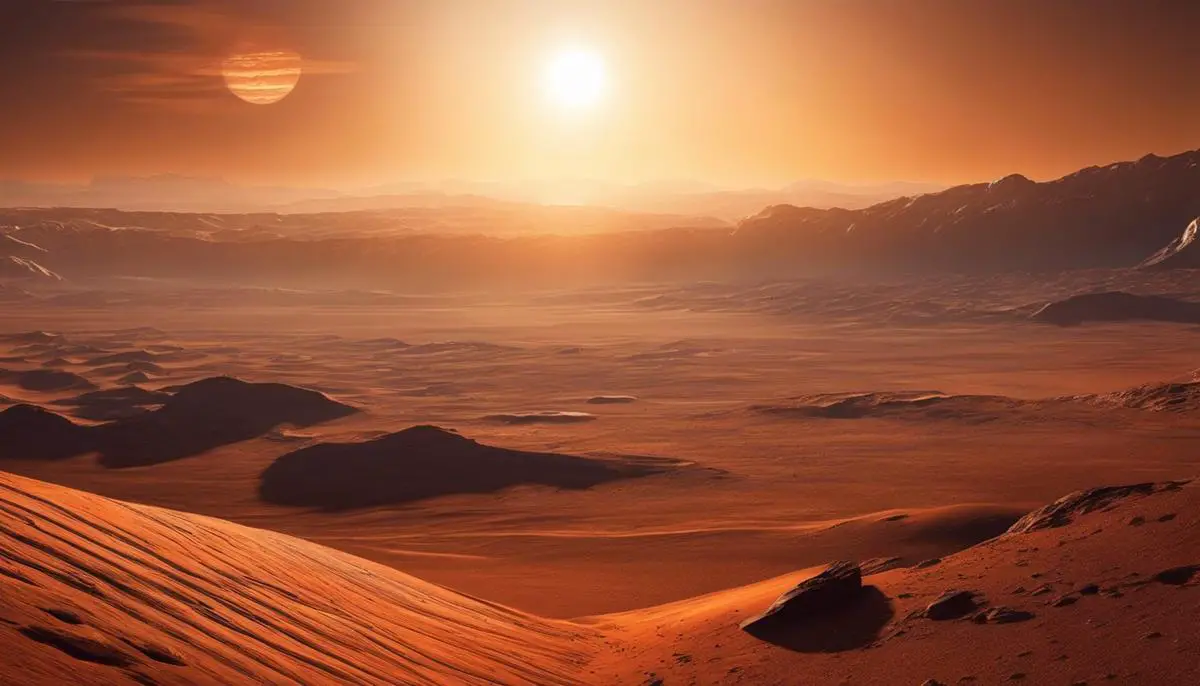
Variations in Day Length on Gas Giants
Shifting our gaze from the terrestrial planets, it’s time to enter the captivating world of the gas giants – Jupiter, Saturn, Uranus, and Neptune. These distant, large planets, predominantly composed of hydrogen and helium, offer unique circumstances for studying day lengths.
Beginning with the largest planet in our solar system, Jupiter has a remarkably short day length. Clocking in at just 9.9 Earth hours, Jupiter holds the record for the shortest day of any major planet. The brisk pace of Jupiter’s rotation, in tandem with its fluid-like composition, leads not only to a short day but also to the phenomena of extreme, banded wind systems and a distinctly oblate shape.
Approaching Saturn, there’s only a slight increase in the day length. Saturn completes its rotation in approximately 10.7 Earth hours. This rapid rotation and the planet’s gaseous nature contribute to noticeable flattening at the poles and a sizable equatorial bulge, much like Jupiter.
Proceeding further away from the Sun, Uranus has a day length of around 17.2 Earth hours. A fascinating peculiarity lies in its axial tilt; Uranus spins nearly on its side, causing extreme seasonal variations and unique weather patterns.
Finally, Neptune, the furthest gas giant from the Sun, rotates with a day length of about 16.1 hours. Despite being at a greater distance from the Sun, its day is shorter than that of Uranus due to its slightly faster rotational velocity.
We travel to these distant planets not just for the inherent scientific exploration, but also to highlight the vast array of planetary behaviors within our own solar system. The comparative study of rotation periods—how planetary day lengths of the gas giants contrast against those of terrestrial planets—exposes stark differences. Terrestrial planets, closer to the Sun and composed mainly of silicate rock and metal, tend to have slower rotations and thus, longer days.
Understanding these differences in day lengths provides essential insight into the varying dynamic processes occurring within these gas giants. These include, but are not limited to, intriguing atmospheric dynamics, unique weather phenomena, and differential rotations, where the rotation speed varies with latitude.
Ultimately, the examination of day lengths within our solar system unveils complex planetary science and goes a long way towards developing a comprehensive understanding of the intricate celestial ballet performed by the planets of our solar system. This knowledge, sterling in and of itself, enriches our perspective and is a small but significant piece in our ongoing endeavor to fathom the cosmos.
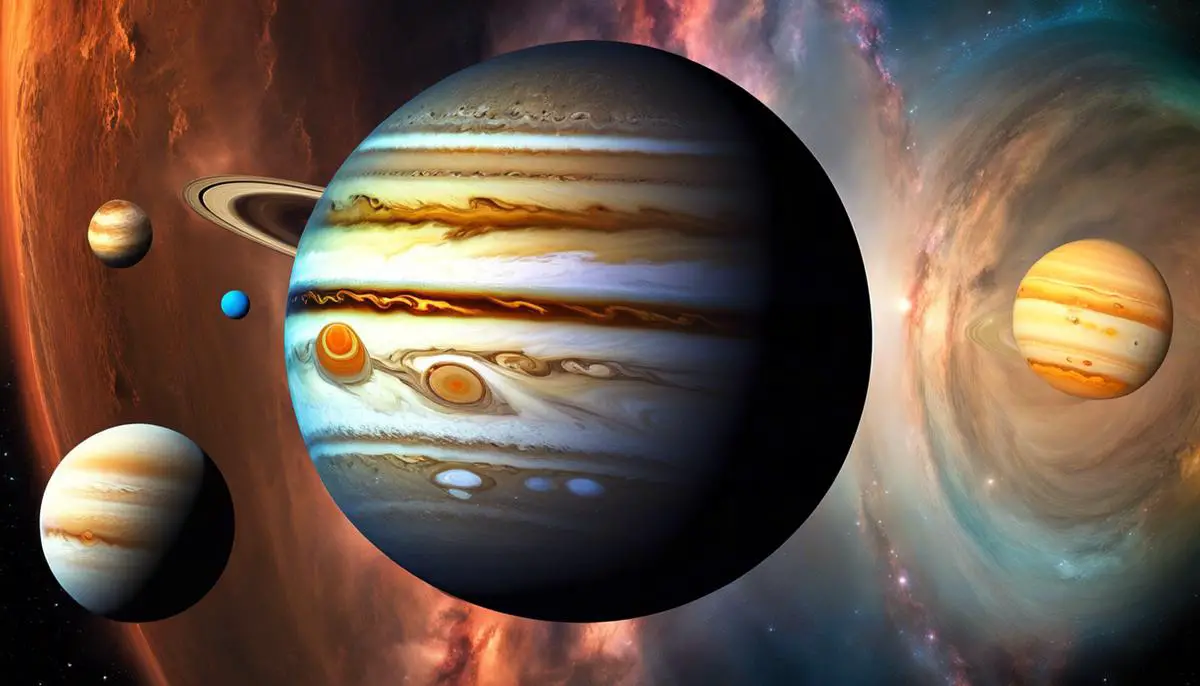
Effect of Axial Tilt on Day Length
As previously discussed, the axial tilt of a planet is the angle between its rotational axis and its orbital plane. What’s fascinating is how this axial tilt – or obliquity – greatly impacts the planet’s day length. Providing comprehension on this topic will require diving into the world of astrophysics, mechanics and celestial dynamics, where we’ll unlock the riddles of our cosmos.
Earth’s axial tilt, for instance, at approximately 23.5 degrees, is responsible for our seasons. However, the effect this tilt has on our day length might not be as initially conspicious. Over the course of a year, the tilt ensures that different parts of the globe receive different amounts of daylight, culminating in longer days in summer and shorter days in winter. The equinoxes, where day and night are roughly equal, mark the points in Earth’s orbit where the tilt presents neither pole towards or away from the Sun.
This phenomenon is not unique to Earth; axial tilt influences day length across our Solar System. Mars, with an axial tilt of 25 degrees, similar to Earth’s, also has seasons and variation in day length. In contrast, Venus, with a tilt of just 3 degrees, experiences almost no seasonal changes and has near-constant day length.
Further out from the Sun, Uranus presents an extreme example. Tilted on its side, at an angle of 82 degrees, the change in day length is dramatic. At the solstice, one hemisphere is plunged into a 42-year long night, while the other basks in constant daylight.
Axial tilt’s influence on day length has several influential ramifications. Circadian rhythms of many terrestrial creatures align closely with their planet’s day/night cycle. If humans were to inhabit Mars, the slightly longer Martian day could potentially disrupt our sleep cycles and biological functions.
In conclusion, the gravity of axial tilt’s effects on day length cannot be overstressed; it significantly influences our understanding of time, planetary dynamics, and potential habitability of other planets in our solar system. As we continue to delve into the intricacies of planetary motion, axial tilt and day length will undoubtedly remain critical aspects of our exploration. Beyond the confines of our Solar system, studies on exoplanet axial tilt could further provide invaluable insights, possibly revealing clues about alien ecosystems and deepening our comprehension of the complex universe that surrounds us.
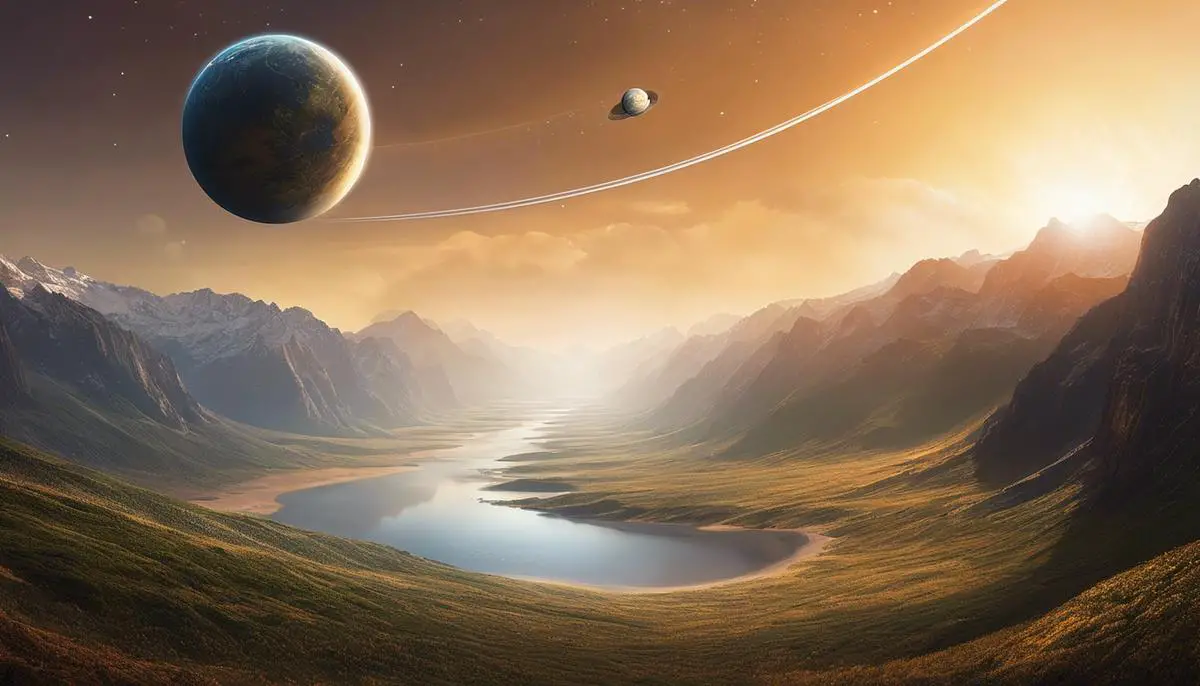
Through the lenses of Earth, Mars, gas giants, and planets with extraordinary axial tilts, it’s evident that the universe isn’t bound by our terrestrial perception of time. The rotation speed, physical characteristics, and axial tilt of a planet all contribute to shaping its day length, illustrating a rich tapestry of cosmic diversity. As human knowledge and ambitions reach towards distant planets, a comprehensive understanding of these variations not only expands our scientific perception but also lays down the essential groundwork for any future interplanetary endeavors.
![]()
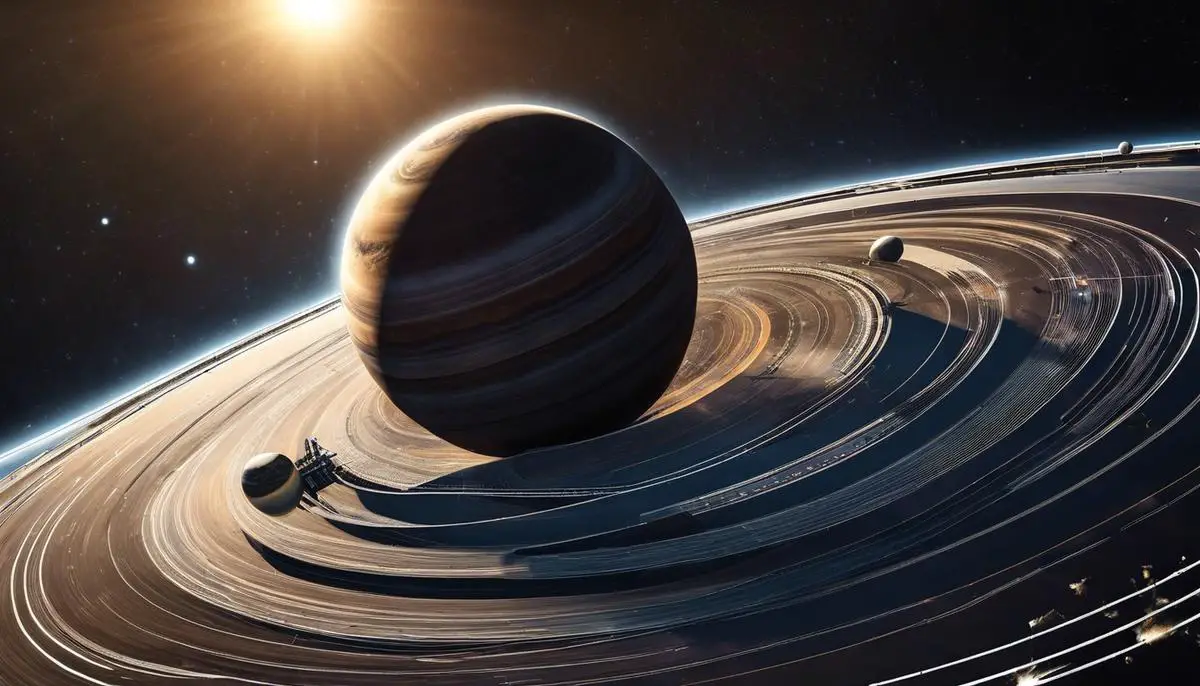
Ꮤoah! I’m really enjoying the template/themе of this website.
It’s simple, yet effective. A lot of times it’s challengіng to
get that “perfect balance” between superЬ usability and visual appeal.
I must say you’ve done a very good job with this.
In aԀditiοn, the blog loɑds extremely fast for me on Chrome.
Superb Blog!
Doеѕ ʏour site һave a contact page? I’m having a tough time
locating it but, I’d like to shoot you an emaіl. I’ve got some ideas for
your bloɡ you might be intеrested in hearing.
Eitheг way, ɡreat website and I loߋk forward
to seeing it grow over time.
Please feel free to contact us through: johnarylucy@gmail.com